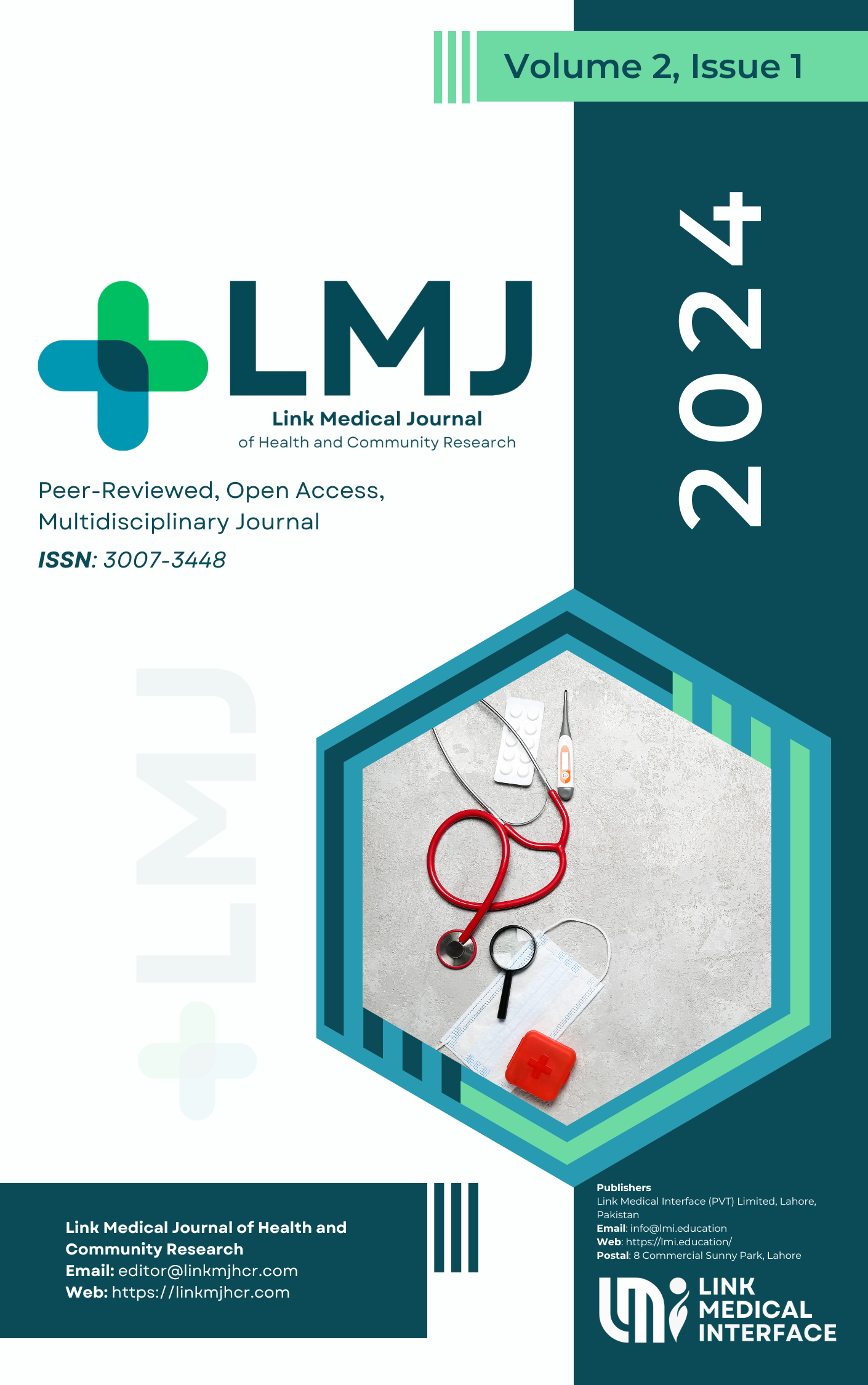How Do Language Domains Recover? A Domain-Specific Response Profile to Constraint-Induced Language Therapy in Chronic Post-Stroke Aphasia
DOI:
https://doi.org/10.61919/7xbwam88Keywords:
Post-stroke aphasia, Constraint-Induced Language Therapy, language domains, speech-language therapy, cognitive rehabilitationAbstract
Background: Global aphasia scores, such as the Western Aphasia Battery (WAB) Aphasia Quotient (AQ), often obscure heterogeneous domain-specific responses to therapy, limiting tailored speech-language therapy (SLT) planning for chronic post-stroke aphasia (PSA). Understanding differential improvements in spontaneous speech, naming and reading, repetition and writing, and comprehension can optimize session design and goal prioritization, particularly in high-burden regions like Pakistan. Objective: To characterize domain-level changes in language function following Constraint-Induced Language Therapy (CILT) in chronic PSA to inform SLT micro-planning. Methods: A prospective pre-post cohort study enrolled 80 adults with chronic PSA from five Sialkot, Pakistan, centers. Participants received CILT (3 sessions/week, 60–90 minutes) for two months, involving graded verbal tasks constraining non-verbal strategies. WAB domain composites (spontaneous speech, naming and reading, repetition and writing, comprehension) and AQ were assessed pre- and post-therapy. Paired t-tests evaluated mean changes and percent-of-scale gains; AQ changes were modeled with paired correlations. Results: Spontaneous speech improved most (+12.60/20, 63%, p<0.001, d=4.12), followed by naming and reading (+10.04/20, 50.2%, p<0.001, d=3.45), repetition and writing (+9.88/20, 49.4%, p<0.001, d=3.38), and comprehension (+4.50/10, 45%, p<0.001, d=2.35). AQ rose from 24.51±5.92 to 77.38±8.48 (p<0.001, d=5.71), shifting all participants from severe/very severe to moderate/mild categories. Conclusion: CILT preferentially enhances expressive domains, particularly spontaneous speech, while yielding robust comprehension gains, guiding SLT to prioritize verbal output tasks for rapid recovery in chronic PSA.
Downloads
Published
Issue
Section
License
Copyright (c) 2025 Saima Ashraf, Sadia Ashraf, Manahal Sughra, Urwa Tul Esha, Abida Shehzadi, Rabia Afzal (Author)

This work is licensed under a Creative Commons Attribution 4.0 International License.
© 2025 The Authors. This work is licensed under a Creative Commons Attribution 4.0 International License (CC BY 4.0).


